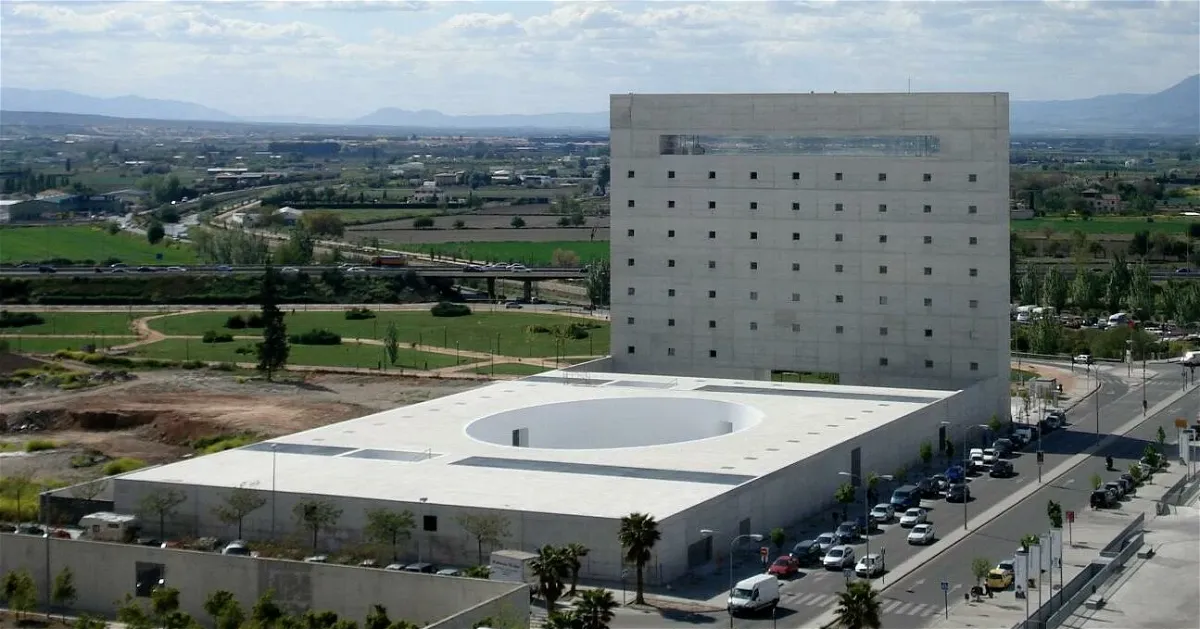Picasso Work Goes Missing in Transport Between Madrid and Granada
In a shocking turn of events that has sent ripples through the art world, a small but significant painting by Pablo Picasso vanished during transport from Madrid to Granada, Spain, just days before its scheduled debut in a major exhibition. The 1919 gouache work, titled Still Life with Guitar (or Naturaleza muerta con guitarra in Spanish), was en route to the CajaGranada Cultural Center for the show "Still Life: The Eternity of the Inert," which opened on October 9, 2025, despite the absence of this key piece. Valued at approximately €600,000 ($700,000), the postcard-sized artwork—measuring just 12.7 by 9.8 centimeters—belongs to a private collector and was loaned for the temporary display. Spanish police have launched an investigation, scrutinizing security footage and transport protocols, but as of October 18, 2025, the painting remains unrecovered, raising questions about art logistics and the perennial vulnerability of cultural treasures.
Pablo Picasso, the Spanish-born artist who revolutionized 20th-century art through movements like Cubism, needs little introduction. Born in 1881 in Málaga, Picasso's prolific career spanned over 70 years, producing an estimated 20,000 works across painting, sculpture, ceramics, and more. For a comprehensive look at his life and influence, the Pablo Picasso biography on Wikipedia provides an authoritative timeline of his evolution from Blue Period melancholia to Cubist fragmentation. The year 1919 marked a transitional phase for Picasso, as he navigated post-World War I Europe and experimented with Synthetic Cubism, blending abstract forms with everyday objects. Still Life with Guitar exemplifies this, portraying a guitar on a table in an abstract indoor setting, rendered in gouache—a water-based paint that allows for vibrant, opaque layers. Though diminutive in size, such works capture Picasso's fascination with musical instruments as motifs, symbolizing harmony, fragmentation, and the interplay of form and space. Similar pieces from this era, like his collages and assemblages, reflect influences from contemporaries such as Georges Braque, with whom he co-developed Cubism.
The incident unfolded in early October 2025. The painting was transported from Madrid, where it was held by a private collector, to Granada—a journey of over 200 miles that typically takes about four hours by car. According to reports, the van carrying nearly 60 loaned artworks arrived at the CajaGranada Cultural Center on Friday, October 3, at 10 a.m. The contents were unloaded in a continuous process, moved via freight elevator to the exhibition hall, and placed under video surveillance. However, some packages were not properly numbered, preventing a full inventory check without unpacking. The delivery was signed off, and the van departed. Over the weekend, the items remained secured, with footage later confirming no breaches. Unpacking commenced on Monday, October 6, at 8:30 a.m., and by mid-morning, the curator and head of exhibitions discovered the Picasso was absent. Spanish media speculated that the van may have stopped overnight in Deifontes, about 17 miles from Granada, where the transporters allegedly took turns guarding the vehicle. The CajaGranada Foundation promptly notified Spain's national police, who added the work to the international database of stolen artworks.
The exhibition, "Still Life: The Eternity of the Inert," proceeded as planned, featuring over 50 still lifes from the 17th and 20th centuries, including pieces by Juan Gris and Fernando Botero. Curated to explore the genre's evolution, it highlights pivotal eras for still life painting, emphasizing themes of transience and materiality. The missing Picasso was intended as a highlight, bridging early modern experimentation with classical motifs. The CajaGranada Cultural Center, a modern venue in Granada known for its innovative architecture, has expressed confidence in the investigation's resolution. For more on the center's programs, visit the CajaGranada Foundation website, which details ongoing exhibitions and cultural initiatives.
This disappearance is not isolated in the annals of art theft, particularly for Picasso, whose fame makes his works prime targets. Over the years, dozens of his pieces have been stolen, often recovered after extensive hunts. Notable cases include the 2019 recovery of Portrait of Dora Maar (1938), valued at $28 million, two decades after its theft from a Saudi sheikh's yacht in France. Similarly, Head of a Woman (1939) was retrieved in 2021, nearly a decade after a heist at Athens' National Gallery. In 2007, two Picassos worth €50 million were taken from his granddaughter's Paris home, while a 2009 theft from the Picasso Museum involved a sketchbook valued at over €8 million. These incidents underscore the high stakes of art crime, estimated by Interpol to involve billions annually. Picasso's market dominance—his Women of Algiers (Version O) sold for $179.4 million in 2015—fuels such risks. Organizations like the Art Loss Register, the world's largest database of stolen art, play crucial roles in recoveries, cross-referencing auction houses and galleries worldwide.
The logistics of art transport have come under scrutiny following this event. Specialized firms handle such shipments with armored vehicles, GPS tracking, and climate-controlled environments, yet vulnerabilities persist—human error, inadequate labeling, or opportunistic theft during stops. In this case, the overnight halt in Deifontes raises questions about protocol adherence. Industry experts advocate for enhanced measures, such as real-time monitoring and blockchain for provenance tracking. The Museo ABC in Madrid, from where some works may have originated (though the Picasso was privately owned), exemplifies secure handling; its official website details its collections of illustration and design, often loaned for exhibitions.
Granada police are leading the probe, focusing on the transport chain to pinpoint the disappearance's timing. No international cooperation is currently involved, but the painting's entry into stolen art databases could alert global markets. The foundation has cooperated fully, providing footage and statements. As investigations continue, the art community watches closely, hoping for a swift recovery akin to past Picasso cases.
This mishap highlights broader issues in cultural heritage preservation. Spain, home to Picasso's birthplace and museums like the Museo Picasso Málaga, invests heavily in art security, yet incidents like this expose gaps. The Interpol Stolen Works of Art database aids in such efforts, cataloging thousands of missing items. For collectors and institutions, insurance—here covering $700,000—mitigates financial loss, but the cultural void remains.
In the context of Picasso's oeuvre, Still Life with Guitar represents his post-Cubist explorations, where musical instruments symbolized life's rhythms amid wartime recovery. Comparable works from 1919-1920, housed in institutions like the Museum of Modern Art, underscore his innovation. The loss, even temporary, deprives audiences of engaging with this intimate piece.
As the search intensifies, the episode serves as a cautionary tale for art transport worldwide. With the exhibition ongoing until its close, organizers have adapted, but the empty spot where Picasso's work should hang is a stark reminder of art's fragility.
FAQ
What is the missing Picasso painting? The missing artwork is Still Life with Guitar, a 1919 gouache painting measuring about 5 by 4 inches, depicting an abstract guitar scene, valued at €600,000 ($700,000).
When and how did the painting go missing? It disappeared during transport from Madrid to Granada in early October 2025. The van arrived on October 3, but the absence was discovered during unpacking on October 6.
What is the status of the investigation? Spanish national police are investigating, reviewing security footage and transport details. The painting is listed in international stolen art databases, but no breakthroughs have been reported as of October 18, 2025.
Why was the painting being transported? It was loaned by a private collector for the exhibition "Still Life: The Eternity of the Inert" at the CajaGranada Cultural Center in Granada, which opened on October 9, 2025.
Has this happened to Picasso works before? Yes, numerous Picasso paintings have been stolen, including Portrait of Dora Maar (recovered in 2019) and Head of a Woman (recovered in 2021), highlighting the artist's works as frequent targets due to their high value.


